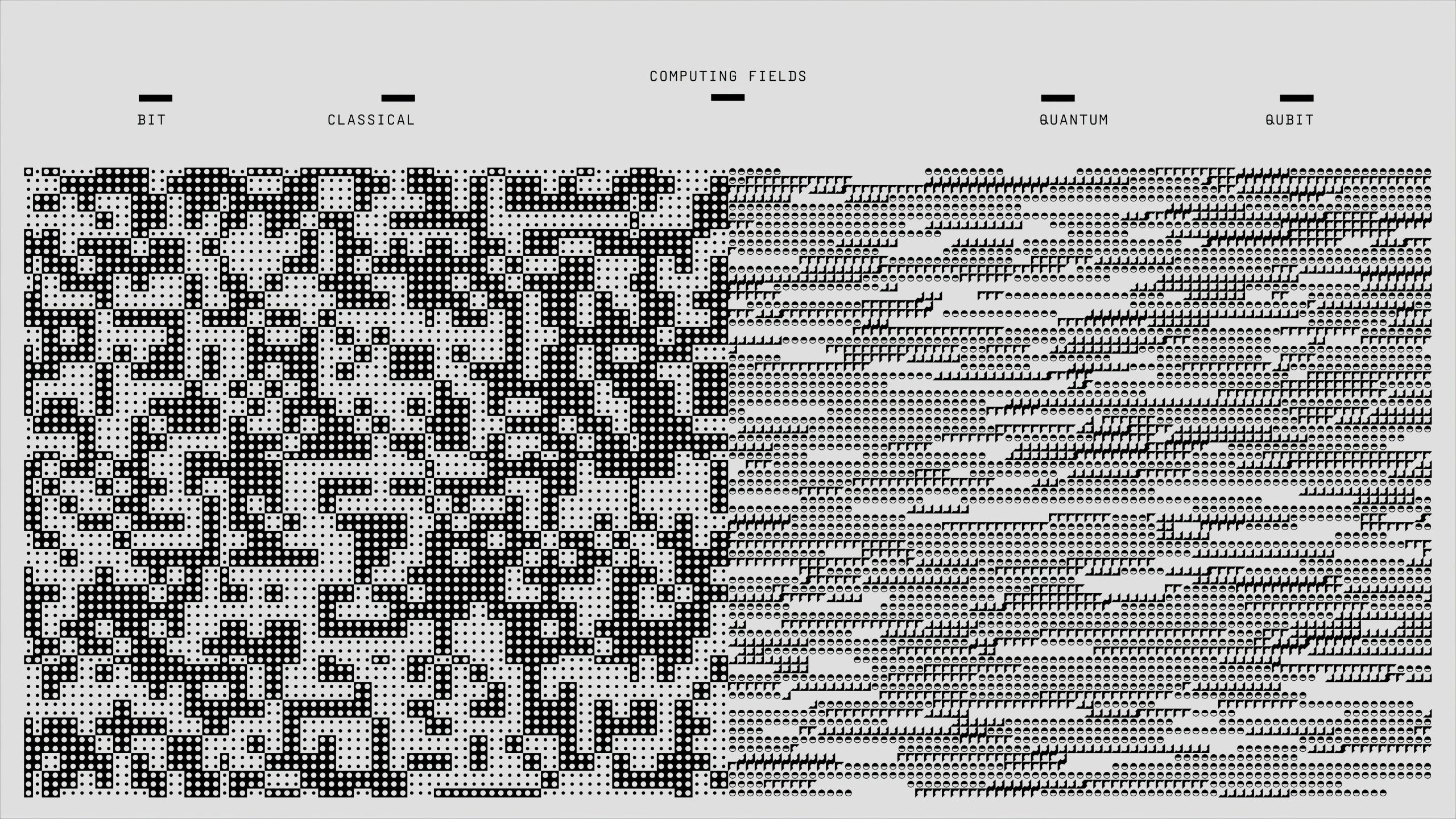But what is Quantum Computing? (Grover’s Algorithm)
Understanding Quantum Computing: A Closer Look at Grover’s Algorithm
In the realm of advanced technology, quantum computing has emerged as a groundbreaking field that holds the potential to revolutionize the way we process information. At its core, quantum computing harnesses the principles of quantum mechanics to perform calculations at speeds that classical computers can only dream of. One of the fundamental facets of this field is Grover’s Algorithm, which offers a glimpse into the remarkable capabilities of quantum systems.
What Is Quantum Computing?
Quantum computing diverges significantly from traditional computing by utilizing quantum bits, or qubits, which can exist in multiple states simultaneously thanks to a principle known as superposition. This unique property, combined with entanglement—a phenomenon where qubits become interconnected in such a way that the state of one can depend on the state of another—enables quantum computers to tackle complex problems with remarkable efficiency.
Unlike classical computers, which process information in binary (0s and 1s), qubits have the ability to represent and compute numerous combinations of these states at once. This capability allows quantum computers to perform certain calculations exponentially faster than their classical counterparts.
Grover’s Algorithm Explained
One noteworthy application of quantum computing is Grover’s Algorithm, named after mathematician Lov Grover, who introduced it in the mid-1990s. This algorithm shines in its ability to search through unsorted databases more efficiently than any classical algorithm can. While a classical computer would require O(N) operations to search through a database of N items, Grover’s Algorithm can achieve the same result in just O(√N) operations.
This increased efficiency can be particularly advantageous in applications such as cryptography, optimization problems, and search technologies. By significantly reducing the number of required searches, Grover’s Algorithm exemplifies the speed and power of quantum computing and offers insights into tackling some of the most challenging computational problems of our time.
Conclusion
As we continue to explore the exciting landscape of quantum technology, understanding concepts like Grover’s Algorithm not only illuminates the potential challenges and solutions within the field but also invites us to reflect on the future of computation itself. Quantum computing stands at the frontier of technological advancement, promising innovations that could transform industries and society as a whole. As research and development in this field progress, we are likely to witness a new era of problem-solving capabilities that were previously unimaginable.
Stay tuned as we delve deeper into the intricacies of quantum computing and explore its many applications in














Post Comment